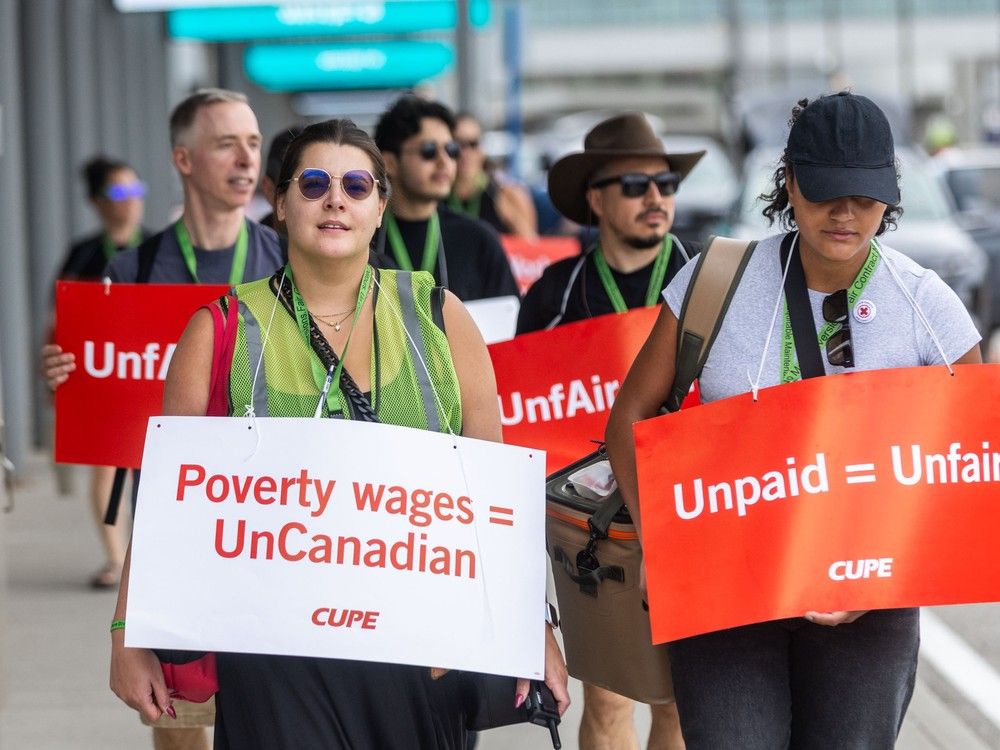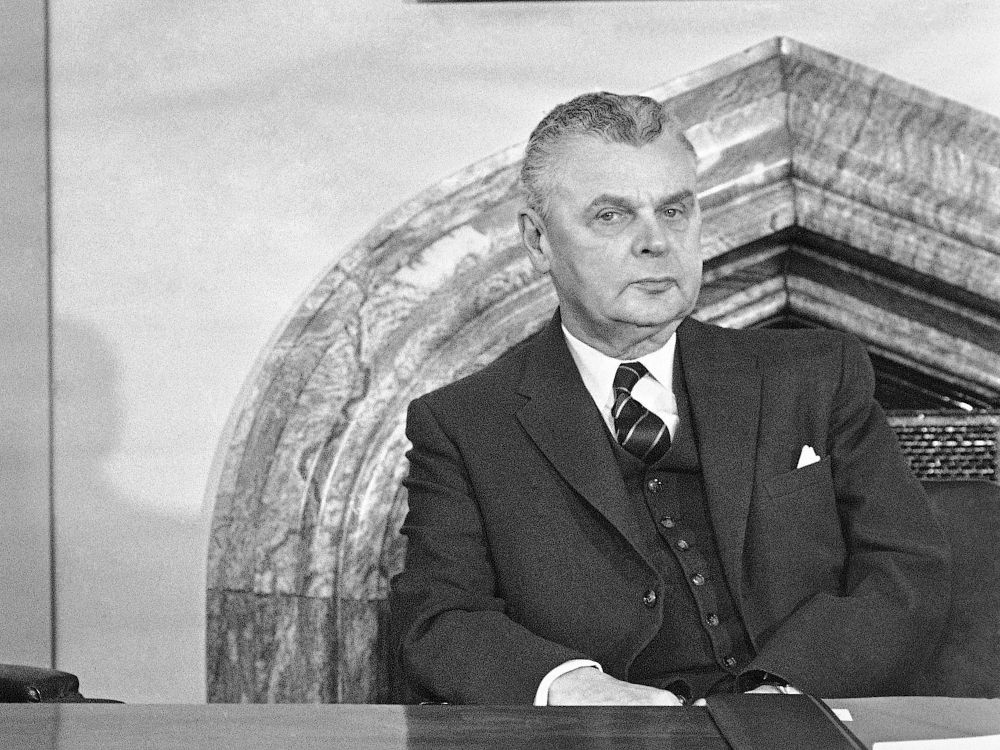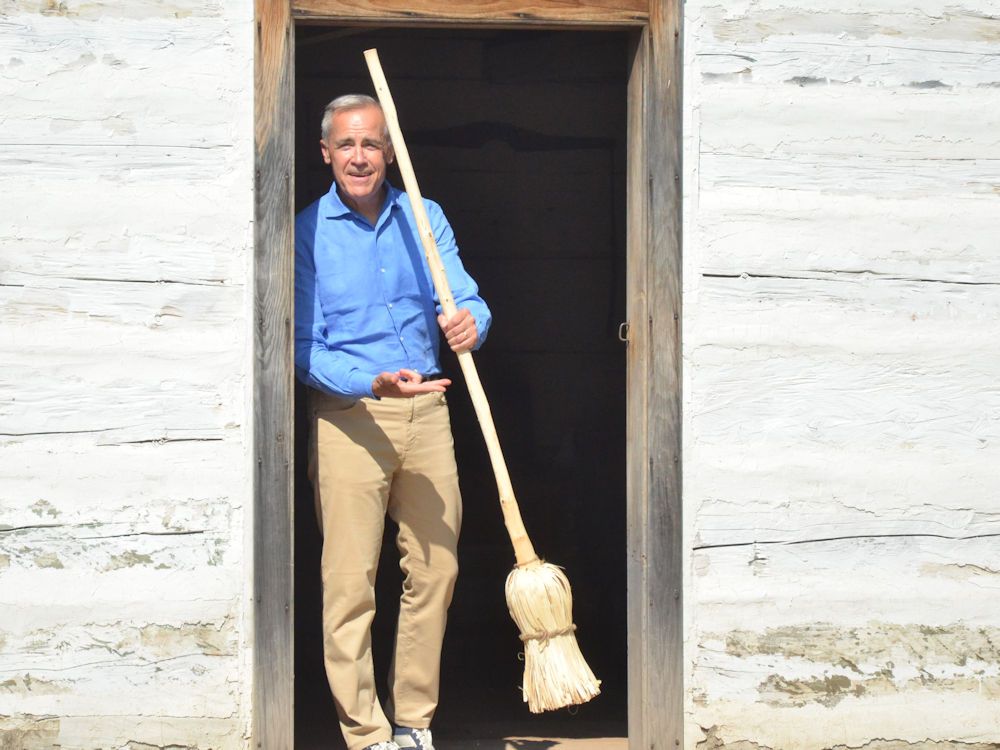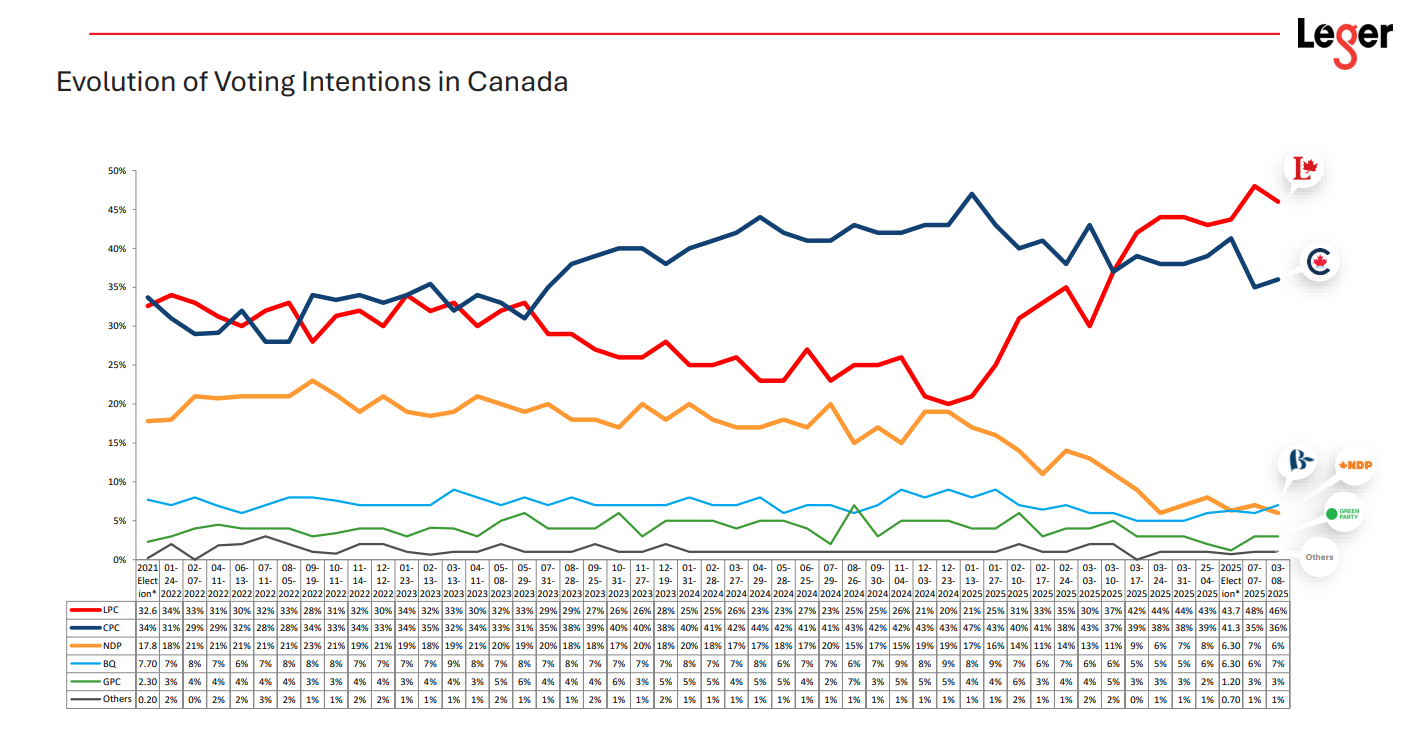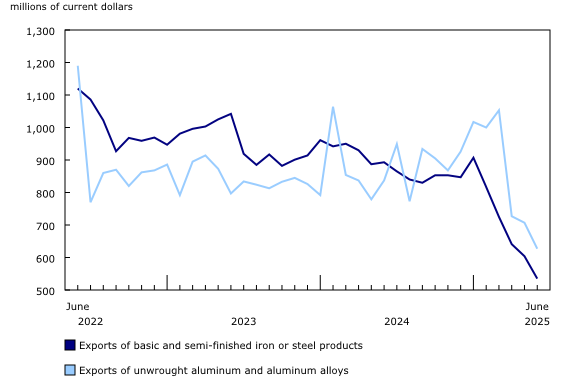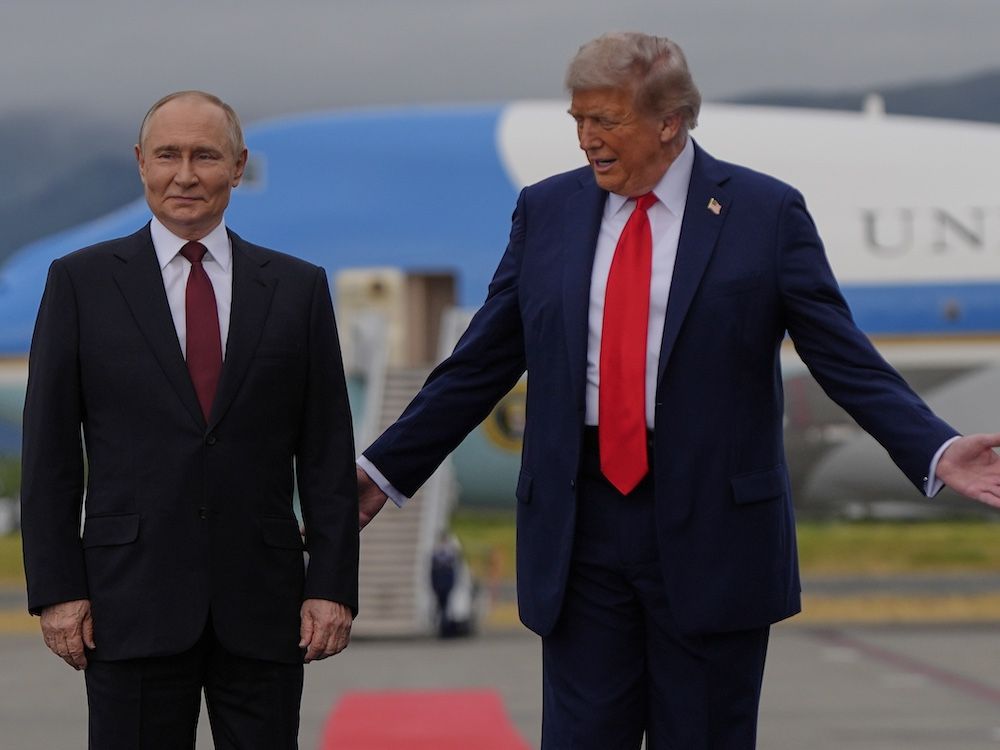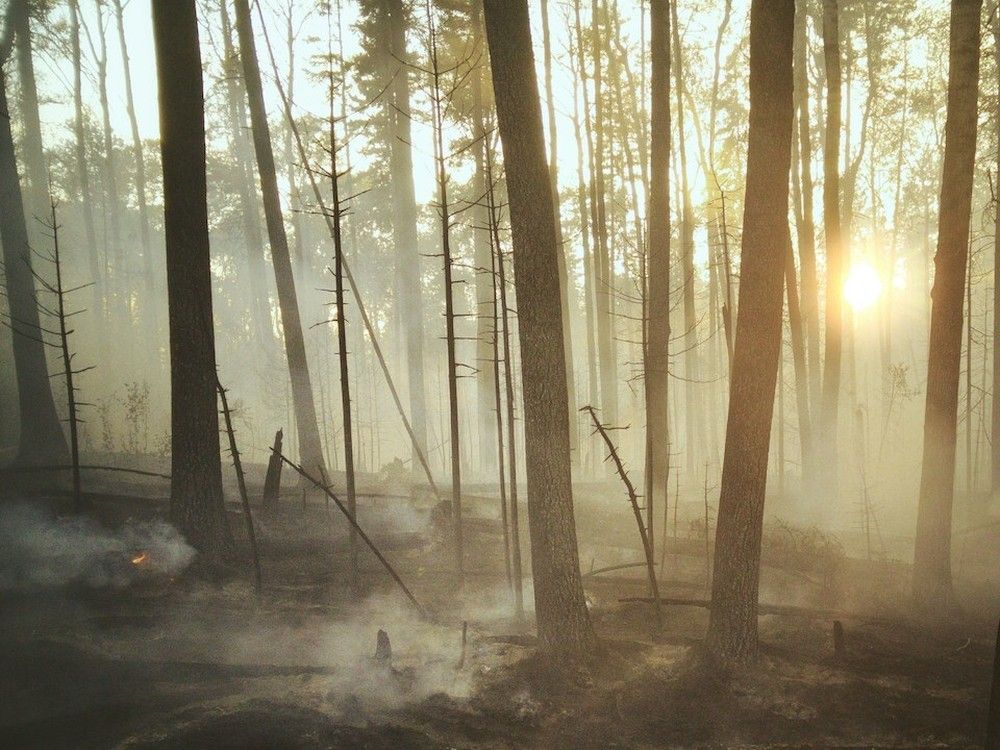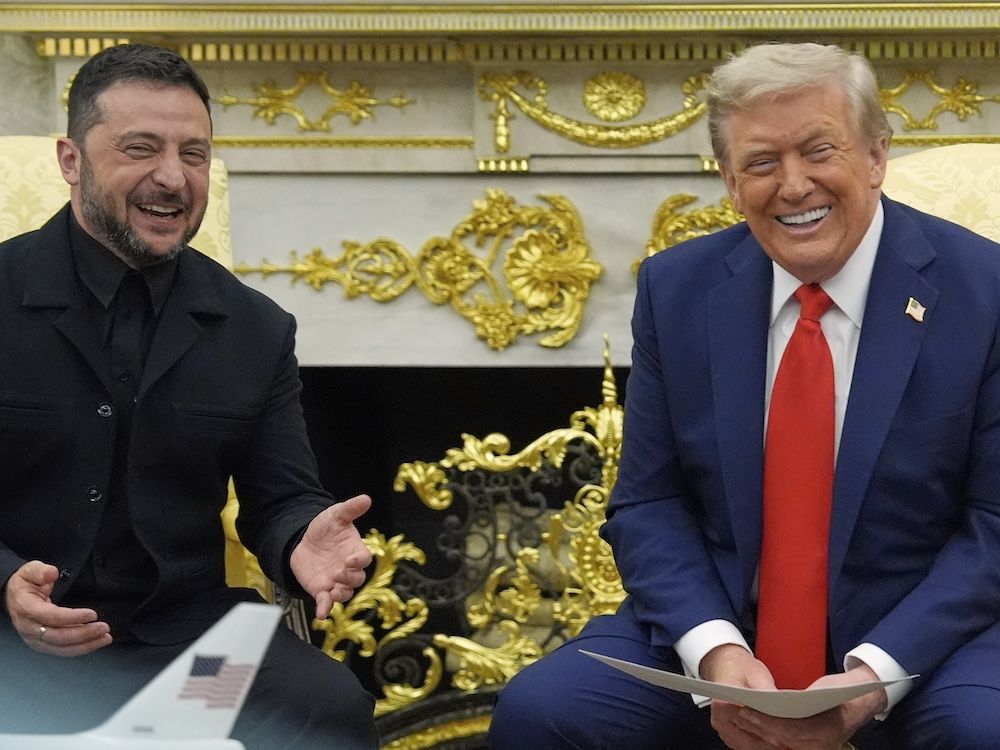
Ukrainian President Volodymyr Zelenskyy’s
visit to the White House
on Monday was a resounding diplomatic success. With the support of Europe’s most powerful leaders, Zelenskyy repaired his relationship with U.S. President Donald Trump and seemingly reoriented Washington’s foreign policy in Ukraine’s favour, bolstering hope that a just peace might yet be negotiated for the besieged country.
The meeting came just three days after Trump, hoping to negotiate a ceasefire deal for Ukraine, hosted Russian President Vladimir Putin at a
summit in Alaska
. While Putin and Trump initially greeted each other at that summit warmly, their talks terminated prematurely, after just three hours, with both the American and Russian delegations leaving stonefaced.
Following the Alaska summit, Trump told Zelenskyy and his European allies that Putin had demanded that Ukraine
hand over its Donetsk province
— which Russia only partially occupies — in exchange for freezing the frontlines elsewhere, and possibly conceded other territory Russia holds, and suggested that Washington would support such a deal.
As Donetsk contains Ukraine’s
most significant defensive fortifications
, ceding this territory would leave the country vulnerable to further invasion. However, White House officials
claimed on Sunday
that Russia had, in a major compromise, agreed to allow Ukraine to receive NATO-style security guarantees, the details of which remain unspecified.
But as Trump’s public rhetoric grew more aggressive towards Ukraine throughout the weekend, some
feared
that Zelenskyy would be pressured into a bad peace deal — one where devastating land concessions would be inadequately compensated for with toothless promises.
This week’s White House meeting could have provided the perfect opportunity for such a move. Zelenskyy’s last visit in February had
infamously devolved
into a shouting match with Trump and U.S. President J.D. Vance, after a hostile journalist berated the Ukrainian President for
not wearing a suit
. The incident was widely interpreted as a
MAGA ambush
designed to humiliate Kyiv — so was this going to be another repeat with sinister policy implications?
In an apparent bid to
protect Zelenskyy from bullying
, the leaders of Britain, France, Germany, Italy and Finland, as well as the heads of the EU and NATO, abruptly announced that they would accompany the Ukrainian leader at the White House. In the leadup to the meeting, they firmly expressed their support for the Ukrainian president and reportedly provided
private coaching
on how to handle Trump.
Despite their best efforts, the beginning of the trip was not promising. While Trump had rolled out the red carpet for Putin days earlier and personally greeted him, Zelenskyy was given no such welcome.
Instead, the Ukrainian president first
met with Trump’s Special Envoy Keith Kellogg
before convening with Kyiv’s European partners. Zelenskyy then changed into an all-black suit —
somber enough
to acknowledge his country’s wartime realities, but more formal than his usual attire — and joined Trump in front of the White House, where the two men seemed polite but uncomfortable with one another.
Inside their Oval Office public meeting, though, the mood quickly brightened.
Zelenskyy began by profusely thanking Trump for his support — an important move, as, during his last visit, both Vance and Trump had accused him of being ungrateful. He said that he appreciated that Trump’s wife, Melania, had
written a letter to Putin
asking for an end to the war for the sake of Ukraine’s children (the letter was given to Putin in Alaska). He then handed Trump a letter written to Melania from his own wife, Olena Zelenska, which seemed to set the American president at ease.
The relationship between the two men turned amicable. They even cracked
small jokes
with each other. “You look fabulous in that suit!” said the aforementioned MAGA journalist who had criticized Zelenskyy’s attire during his last visit. “I said the same thing,” quipped Trump in reply. While some reporters asked leading questions that seemed intended to sow discord, none materialized.
Trump emphasized that, although the United States would stop donating military or financial aid, it would continue to sell weapons to Ukraine using NATO as an intermediary and would find other ways to assist. “When it comes to security there’s going to be a lot of help. It’s going to be good,” he said. “People are being killed, and we want to stop that. So I would not say it’s the end of the road.”
In an unexpected twist, Trump did not rule out sending U.S. troops to Ukraine to assist in peacekeeping after a reporter asked him about the possibility.
However, contradicting months of his previous messaging, the American president stated that he did not believe that it is necessary to negotiate a ceasefire, and argued that Ukraine and Russia should seek a full peace deal instead. This approach is generally considered to be favourable to Russia, as Moscow
has insisted for years
that fighting should cease only at the end of the peace process, not the beginning, presumably so that Russian forces can press their advantages during negotiations.
After a closed-door session focusing on security guarantees, Zelenskyy told assembled reporters that he had a “very good” meeting with Trump: “It really was the best one. Sorry, or maybe the best one will be in the future.” Reciprocally, Trump said that he “just had the honour of being with President Zelenskyy” and that they had “had a very successful day thus far.” Such language would have been unthinkable earlier this year.
In the late afternoon, Trump and Zelenskyy met with the assembled European leaders for a group photo and joint discussion. The warm feelings evidently persisted.
Mark Rutte, NATO’s general secretary, told Trump that Washington’s willingness to “participate in security guarantees is a big step, is really a breakthrough, and it makes all the difference.” However, German Chancellor Friedrich Merz
said he couldn’t
“imagine that the next meeting would take place without a ceasefire,” and that Russia should be pressured to accept one. French President Emmanuel Macron proposed that the next meeting — presumably between Trump, Zelenskyy and Putin — should include a European representative, as security guarantees are relevant to the entire continent.
These minor disagreements did not derail the proceedings. In fact, Trump invited the European leaders to the Oval Office for another, unscheduled meeting, because, in the words of one White House official: “everything is going well.” And so these extraordinary talks — consisting of an extraordinary consortium of leaders —
went on for hours
, interrupted only by Trump leaving for a
40-minute phone call
with Putin.
At a news conference Monday night, Zelenskyy stated that, while a formal agreement has not yet been signed, Ukraine’s security guarantees will include
$90 billion in American weapons
, purchased with European funding, and that the United States will buy drones from Ukraine. The exact nature of the other protections that will be offered are currently unknown to the public, but this is a strong start.
What a good day for Ukraine – especially in contrast to Russia’s truncated summit in Alaska. Of course, there is still the possibility that victory will fall apart in some way. Trump is a mercurial man, and evidently malleable with enough flattery. There is always the risk that Putin will pull him back into his orbit, or that the West’s security guarantees will be far weaker than they now seem. But, for now, some optimism seems in order.
National Post




